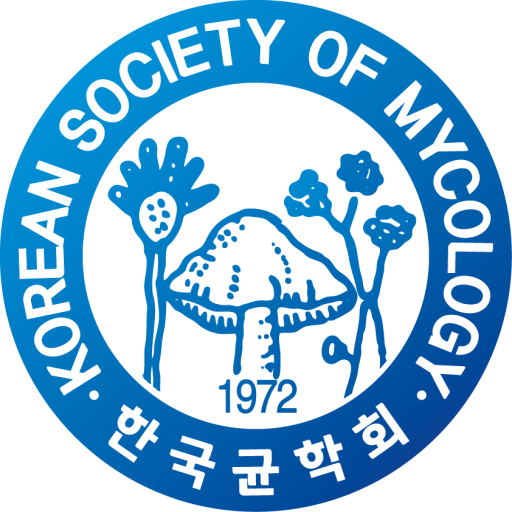Anthracnose, caused by species of Colletotrichum, is one of the most destructive postharvest diseases of mango worldwide. Anthracnose symptoms were observed on imported mango(Mangifera indica L.) fruits originating from Cambodia and distributed in Korea. Lesions appeared as dark, sunken spots that enlarged during fruit ripening, leading to deterioration of fruit quality. Symptomatic tissues were sterilized with 70% ethanol, and spore masses were aseptically transferred onto potato dextrose agar(PDA) and incubated at 25°C for 7 days to obtain pure cultures. Morphological examinations, including conidial size, shape, and colony characteristics, indicated that the isolates belonged to the Colletotrichum gloeosporioides species complex. To achieve accurate identification, molecular analyses were conducted. Four loci commonly used in phylogenetic studies of Colletotrichum—the internal transcribed spacer(ITS) region, actin(ACT), β-tubulin(TUB2) and translation elongation factor 1-α(EF1-α)—were amplified and sequenced. Phylogenetic analyses based on concatenated sequences consistently grouped the isolates within the C. gloeosporioides complex, supporting morphological results. Accurate identification through combined morphological and multi-locus analyses is essential for resolving species boundaries within Colletotrichum complexes, which often exhibit overlapping features. This study highlights the importance of monitoring anthracnose in imported mangoes, especially during distribution, and provides baseline information for future disease management, quarantine measures, and quality control practices.

 English
English